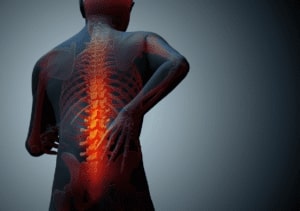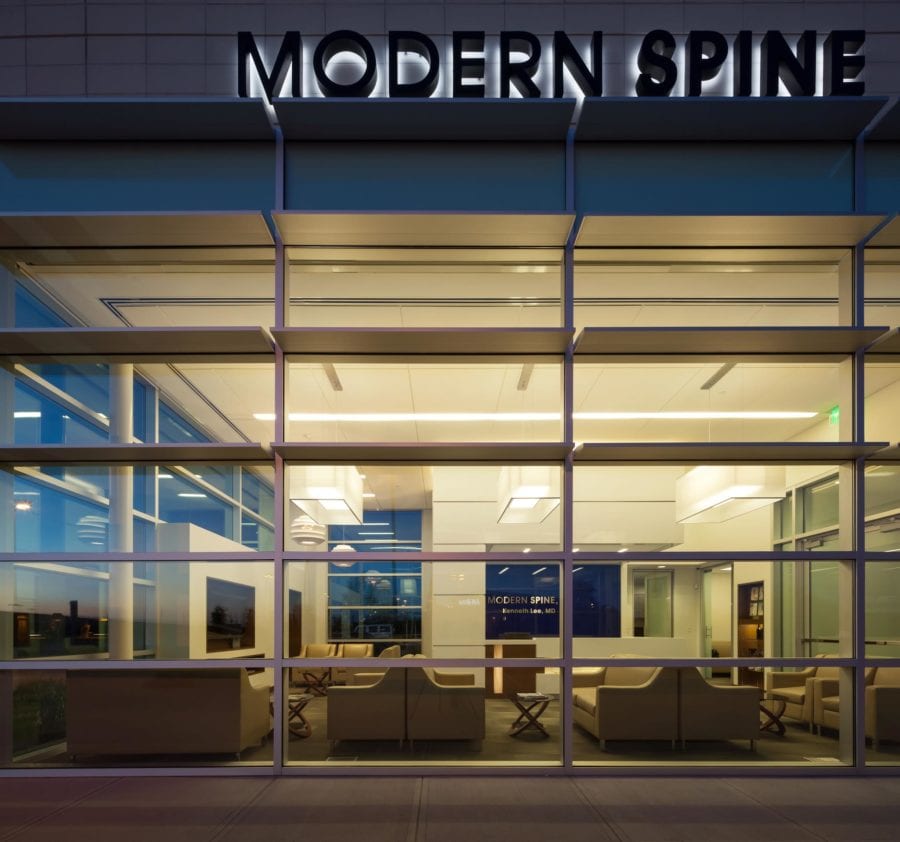Pain originating in the back or neck is a common health issue – at least 50 percent of Americans will complain of lower back pain at some point in their life, and it is the second most common reason for a visit to a primary care physician. Pain originating in the back and neck can restrict mobility and interfere with normal functioning. It can be acute and come on suddenly and intensely, or chronic, lasting for weeks, months, or even years.
At Modern Spine, we provide integrated, multidisciplinary treatment for neck and back pain, tailored to each patient’s specific needs. Teams of specialists including neurologists, neurosurgeons, neuroradiologists, orthopedists, rehabilitation medicine and pain management specialists, and physical and occupational therapists at our Spine Centers located in Sugarland, TX focus solely on spinal problems.
Preventing Neck And Back Pain
Back and neck pain can arise from any of a number of different reasons, including overuse, trauma, degeneration of vertebrae, obesity, infection, arthritis, or osteoporosis. Back and neck pain can often be prevented by:
- Practicing correct lifting techniques
- Proper use of telephones, workplace computers, and other equipment
- Maintaining correct posture while sitting, standing, and sleeping
- Regular exercise
- Avoiding smoking, which can contribute to the deterioration of the vascular structures of the discs and joints
- Maintaining a healthy weight
- Reducing emotional stress, which can cause muscle tension
Medical Treatment For Neck And Back Pain
Depending on the source of the pain doctors typically begin treatment for neck and back pain with activity modification, physical therapy, and muscle relaxants and non-steroidal anti-inflammatory drugs (NSAIDs) to help get pain and inflammation under control.

Inflammation and pain are linked because chemicals that stimulate nerve endings are released during the inflammatory process; NSAIDS reduce both pain and inflammation. In some cases, doctors may also prescribe narcotic pain medication, antidepressants (because some people with chronic pain are also depressed), or anti-convulsants (which help control or prevent abnormal increases in brain electrical activity that can occur in people with chronic pain).
For longer lasting or more difficult to treat pain doctors may also use:
- Epidural steroid injection and selective nerve root block, in which doctors inject an anti-inflammatory medication and pain relief directly to the source of the problem within the spine to relieve back, leg or other pain and in some cases as a treatment for specific types of disc herniations.
- Radiofrequency nerve ablation, a procedure that temporarily deactivates nerves that are often the source of back pain.
- Peripheral nerve stimulation, a technique in which doctors place electrodes along the path of peripheral nerves to control pain. If patients benefit from a temporary course of stimulation, doctors implant a permanent electrode connected to an internal battery pack.
Surgical Treatment For Neck And Back Pain
In patients who have not responded to less invasive treatment, who have an identifiable structural abnormality that can be effectively corrected, or who have chronic severe pain, nerve damage, and loss of bladder and bowel control, doctors consider neck or back surgery. Common surgical procedures for neck and back pain include:
- Microdiscectomy: In some patients, a herniated disc can be surgically repaired to restore the normal anatomic structure.
- Discectomy or Laminectomy: In these procedures the disc that is causing pain or the bone placing pressure on the spinal cord is removed.
- Spinal fusion: In this procedure surgeons stabilize the vertebrae using metallic devices and bone from another part of the body, a bone bank, or artificial bone.
Our doctors are at the forefront of developing new surgical techniques to treat neck and back pain. Surgical innovations used at our Spine Center include:
- Minimally invasive spinal surgery: Many spinal procedures can be performed with less injury to muscle, ligaments, and bone with equal or even better outcomes for our patients.
- Computer navigation for spine surgery: Advancements in intraoperative imaging and navigation systems make spine surgery safer.
- Artificial disc implantation: Artificial discs are designed to provide support for the vertebrae while permitting a range of motion.
Rehabilitation For Patients With Neck And Back Pain
Rehabilitation is often central to treatment for back and neck pain. It may be one of the first measures doctors prescribe in treatment, and it is often used to help patients recover from neck or back surgery.
Modern Spine’s multidisciplinary rehabilitation team offers comprehensive back and neck rehabilitation programs directed toward helping each patient return to the highest level of function and independence, while improving his or her overall quality of life. To achieve these goals, back and neck rehabilitation programs may include:
- Exercise programs to improve range of motion, increase muscle strength, improve flexibility and mobility, and increase endurance
- Identifying and obtaining assistive devices to promote independence
- Pain management exercise techniques
- Gait (walking) and movement retraining
- Stress management
- Ergonomic assessments and work-related injury prevention programs
Give us a call today for a full evaluation and recommended treatment strategy.



